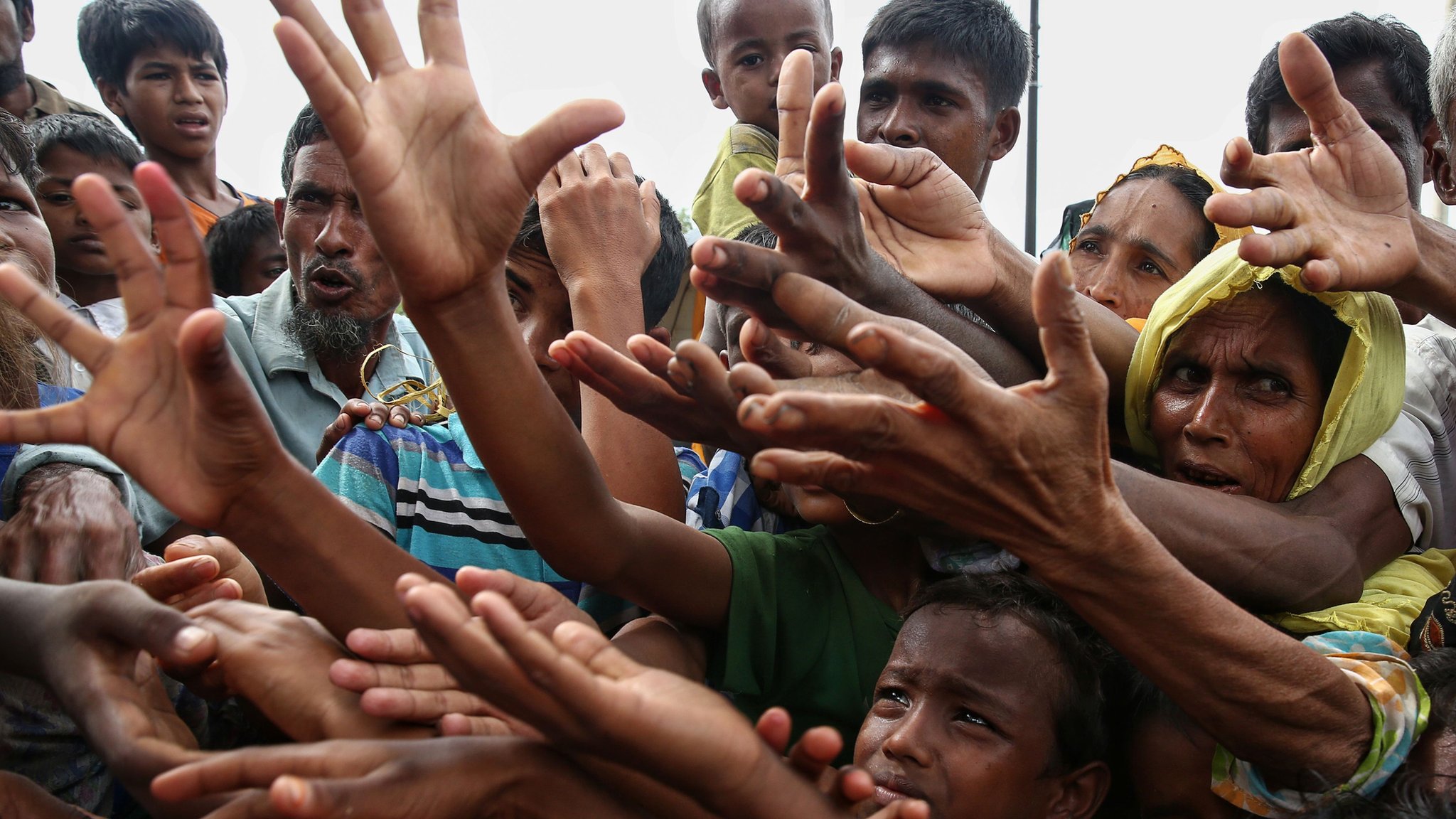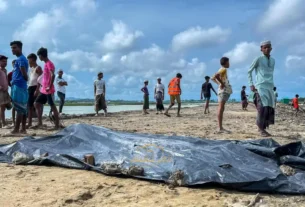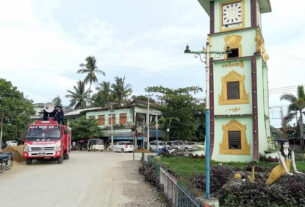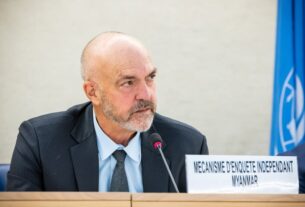In August 2017, a deadly crackdown by Myanmar’s army on Rohingya Muslims in Rakhine State sent hundreds of thousands fleeing across the border into Bangladesh. Those persecuted joined around 300,000 people already in Bangladesh from previous waves of displacement, effectively forming the world’s largest refugee camp.
Today, Bangladesh is hosting over 1.2 million Rohingyas in Cox’s Bazar and Bhasan Char, where refugees reside in 33 extremely congested camps. Not a single Rohingya has been repatriated so far, though there were attempts to begin repatriation in the past years.
Dhaka has been pushing for their repatriation, but Naypyidaw, which does not recognize the Rohingyas as citizens, has not been cooperative. The recent unrest in Myanmar has complicated the situation even more. The same crisis is again killing Rohingya men, women, and children, causing towns to empty, and eroding the remnants of their history and identity. Bangladesh has received nearly 150,000 Rohingyas over the past 18 months, marking the largest influx since 2017, according to the United Nations High Commissioner for Refugees (UNHCR). However, international aid for Rohingya refugees in Bangladesh is rapidly declining, leading to severe challenges in food, healthcare, education, and shelter. The plight of Rohingya refugees in Bangladesh could rapidly deteriorate further unless more funding can be secured for critical assistance services.
Plight of Rohingya refugees
The Rohingya refugees rely entirely on humanitarian assistance for protection, food, water, shelter, and health. Nearly eight years later, the dwindling financial commitments by the international community are affecting the work of various humanitarian agencies on the ground. The camps in Cox’s Bazar are grappling with a shortage of food supplies, health and hygiene issues, and a lack of education for the Rohingya children. With the acute global funding crisis, the critical needs of both newly-arrived refugees and those already present will be unmet, and essential services for the whole Rohingya refugee population are at risk of collapsing.
This year, $934 million is needed for the 1.5 million people — 1.2 million Rohingya and 300,000 host community members — but only 19 percent of the funding requirement has materialized as of May. The gap has widened largely thanks to the funding cut by the Trump administration that in February eliminated more than 90 percent of the USAID-funded foreign aid contracts and $60 billion in overall US assistance worldwide. The overnight suspension of US funding came as a huge shock to the humanitarian community. The other donors who committed funding will release it in August or November, but their amounts have also declined.
Last year, the total funding received was 68 percent of the required amount, but this year it may not even reach 50 percent. This gap, largely due to the suspension of US funding, will further strain conditions in the camps, making it harder for the refugees to access essential services such as education and healthcare. Dozens of projects, including those related to health, family planning, nutrition, and education, have already been affected by the cuts. Humanitarian organizations warn that the situation will further deteriorate unless funds are urgently released. And the world must not ignore their plight.
Risk regarding Rohingya Funding Decreasing
Since foreign aid for the Rohingya has been on the decline for several years now due to conflicts in other parts of the world, Bangladesh as a host has already been in a tight spot. Dozens of projects including health, family planning, nutrition and education, supported by the USAID have been affected since the USAID cuts. Many of the health centers have suspended their services that severely impacted thousands of pregnant women, lactating mothers, newborn babies and children. In cases of serious illness, the Rohingya are having to seek treatment from doctors at their own expense, which is not possible for all refugees. Also, the education of Rohingya children has already been impacted, as the UN’s children agency UNICEF was forced to suspend thousands of learning centers in Cox’s Bazar last month, worsening an education crisis for about 437,000 school-age children in the camps.
Moreover, the scarcity of shelter has worsened with the onset of the monsoon rains, which have already damaged many homes. It has become extremely difficult to provide shelter and basic services to the 150,000 newly arrived Rohingya, with most of them now living with relatives who arrived earlier. However, even before the monsoon, there was not enough space to provide shelter to all. Communal spaces are being used to temporarily host affected families.
According to a UN official, there is only enough food to support the Rohingya until October, which is deeply alarming. In March, the World Food Programme announced that “severe funding shortfalls” for Rohingya were forcing a cut in monthly food vouchers from $12.50 to $6 per person. Refugees in the camps have already felt the impact of these reductions. They fear more cuts are looming. This is fueling a sense of desperation and anxiety, and driving some to embark on dangerous sea journeys to other countries in search of safety and a more dignified life for their families. Access to food, education, and healthcare is a fundamental human right and must not be denied.
Given these circumstances, accepting any more Rohingyas from Myanmar will only exacerbate the huge burden that Bangladesh is already facing. This small country struggles to ensure humanitarian support amid declining funding, while repeated efforts to repatriate them did not materialize. Following this, Bangladesh has clearly stated that it is not possible to accommodate any new Rohingya. However, in recent months, the influx of Rohingyas into Bangladesh has grown in small groups. If that continues, no large influx is needed; gradually, a good number of Rohingyas will cross the border.
Over the years, the generous support from Bangladesh and the international community has been critical in meeting Rohingya refugees’ most basic needs and providing protection. Every aspect of the refugee response is affected by the funding scarcity. Until there is peace and stability in Myanmar’s Rakhine State, conducive to safe and voluntary return, the international community must continue to support efforts to provide life-saving assistance to Rohingya forced to flee. As donor fatigue sets in and global crises multiply, the future of the Rohingya remains uncertain. Urgent international action is needed to prevent the collapse of life-saving assistance and to work toward a sustainable solution to one of the most protracted refugee crises in the world.




